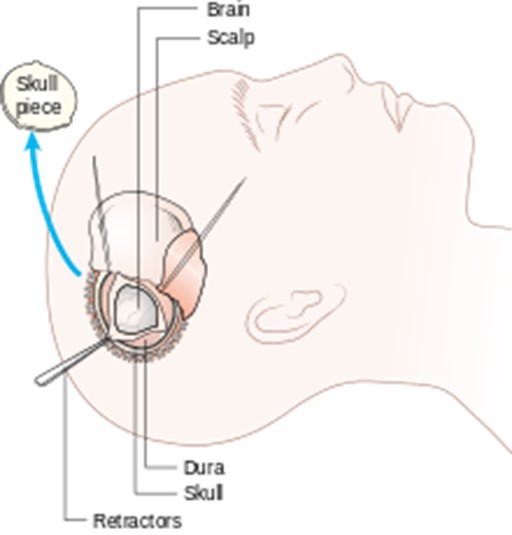A nurse is caring for a client who is 12 hours postoperative following a transurethral resection of the prostate (TURP) and has a 3-way urinary catheter with continuous irrigation. The nurse notes there have not been any urinary output in the last hour. Which of the following actions should the nurse perform first?
Administer antispasmodic medications.
Notify the provider.
Offer oral fluids.
Determine the patency of the tubing.
The Correct Answer is D
Choice A Reason: Administering antispasmodic medications is not the first action that the nurse should perform, as it may not resolve the problem of urinary output or irrigation flow.
Choice B Reason: Notifying the provider is not the first action that the nurse should perform, as it may delay the intervention and worsen the outcome.
Choice C Reason: Offering oral fluids is not the first action that the nurse should perform, as it may increase fluid overload or bladder pressure.
Choice D Reason: Determining the patency of the tubing is the first action that the nurse should perform, as it may identify and correct any obstruction or kinking that prevents urinary output or irrigation flow.
Nursing Test Bank
Naxlex Comprehensive Predictor Exams
Related Questions
Correct Answer is D
Explanation
Choice A Reason: Hypertension is not a common finding in diabetes insipidus, but it may indicate increased intracranial pressure or other complications.
Choice B Reason: Fluid retention is not a common finding in diabetes insipidus, but it may indicate syndrome of inappropriate antidiuretic hormone secretion (SIADH) or heart failure.
Choice C Reason: Elevated blood glucose is not a common finding in diabetes insipidus, but it may indicate diabetes mellitus or hyperglycemia.
Choice D Reason: Increased urine output is a common finding in diabetes insipidus, as the lack of antidiuretic hormone (ADH) causes the kidneys to excrete large amounts of diluted urine.

Correct Answer is A
Explanation
Choice A Reason: Checking blood sugar then eating breakfast prior to injecting insulin indicates that additional teaching is necessary, as it may cause hyperglycemia or hypoglycemia depending on the type and timing of insulin. The client should inject insulin before eating breakfast according to their blood sugar level and carbohydrate intake.
Choice B Reason: Rotating sites from arms, legs, and abdomen indicates that no additional teaching is necessary, as it helps to prevent lipodystrophy and ensure consistent absorption of insulin.
Choice C Reason: Ensuring the use of insulin syringe with units indicates that no additional teaching is necessary, as it helps to prevent dosing errors and ensure accurate administration of insulin.
Choice D Reason: Activating the safety lock on the syringe before disposing in a sharps container indicates that no additional teaching is necessary, as it helps to prevent needlestick injuries and infection transmission.
Whether you are a student looking to ace your exams or a practicing nurse seeking to enhance your expertise , our nursing education contents will empower you with the confidence and competence to make a difference in the lives of patients and become a respected leader in the healthcare field.
Visit Naxlex, invest in your future and unlock endless possibilities with our unparalleled nursing education contents today
Report Wrong Answer on the Current Question
Do you disagree with the answer? If yes, what is your expected answer? Explain.
Kindly be descriptive with the issue you are facing.
